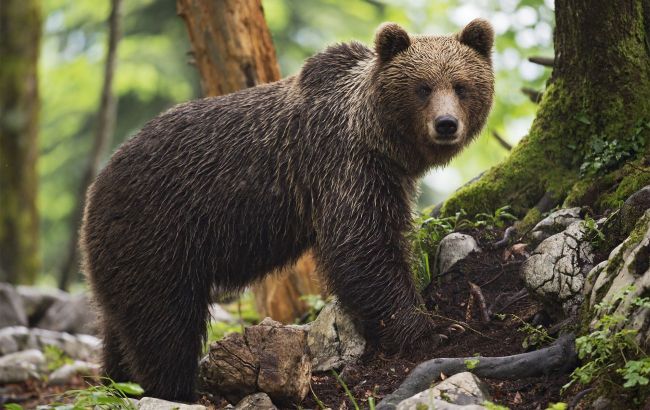Japan faces spike in bear attacks, government takes action
 Bear (Illustrative photo: Getty Images)
Bear (Illustrative photo: Getty Images)
In Japan, bear attacks on people in urban areas have sharply increased, prompting authorities to deploy the military and strengthen security measures in the hardest-hit regions, according to Bloomberg.
According to the government, since the beginning of April 2025, at least 12 people have died in the country as a result of bear attacks, marking the highest number in recent years and surpassing the previous record in 2023, when six people were killed. Additionally, dozens of people have been injured.
The most affected are residents of the Tohoku region in northern Japan, mostly elderly individuals foraging for mushrooms or working on rural plots.
Particular danger remains in the northeastern Tohoku region, where population decline and a shortage of hunters have made it much harder to control wildlife.
Given the circumstances, authorities in Akita Prefecture have taken emergency measures by requesting assistance from Japan’s Self-Defense Forces. Military personnel now patrol forested areas near residential neighborhoods, set traps, and accompany rescue services.
Residents are urged to avoid walking in parks and forests, not to leave trash outdoors, and students are asked to travel to school in groups.
Why attacks are increasing
Experts explain the surge in aggressive bear behavior by several factors:
- Climate change: Warmer autumns and changes in the forest ecosystem have reduced the supply of acorns and nuts, the bears’ main food source.
- Demographics: Rural areas have fewer hunters, who previously helped control predator populations.
- Bear population growth: Particularly in Hokkaido, where the brown bear population has roughly tripled over 30 years, reaching over 11,000 individuals.
According to Japan’s Ministry of the Environment, over 16,000 sightings of bears near populated areas were recorded in just the first five months of the current fiscal year.
The highest number of such sightings occurred in the northeastern Tohoku region and central Hokuriku, where incidents involving wildlife are on the rise.
Japan is home to two bear species:
- Hokkaido brown bear, larger and more dangerous;
- Asian black bear, found on the main islands.
Market reacts: stocks of protective gear manufacturers soar
Paradoxically, the threat of bear attacks has sparked investor interest.
Shares of companies producing self-defense products have surged sharply in recent months:
- Tiemco Ltd. (manufacturer of bear spray) — +95% since the start of the year;
- Miroku Corp. (manufacturer of hunting rifles) — +27%.
Tiemco, despite reporting losses in other business areas during this period, has seen bear sprays sell out almost immediately, prompting several restocks.
“Investors are actively buying up our shares, although our earnings performance has not been too good,” said Tiemco President Seiichi Sakai.
Japanese authorities recommend that residents carry bells, bear spray, and avoid going into forests alone, especially during the mushroom-picking season.
A rare bird was captured by a camera trap in the Chernobyl Exclusion Zone.
Reports also indicate that the number of hoofed animals in the Chernobyl zone is increasing, their ranges are expanding, and wildlife is gradually restoring the ecosystem balance disrupted by decades of isolation. This includes Przewalski’s horses and red deer.

